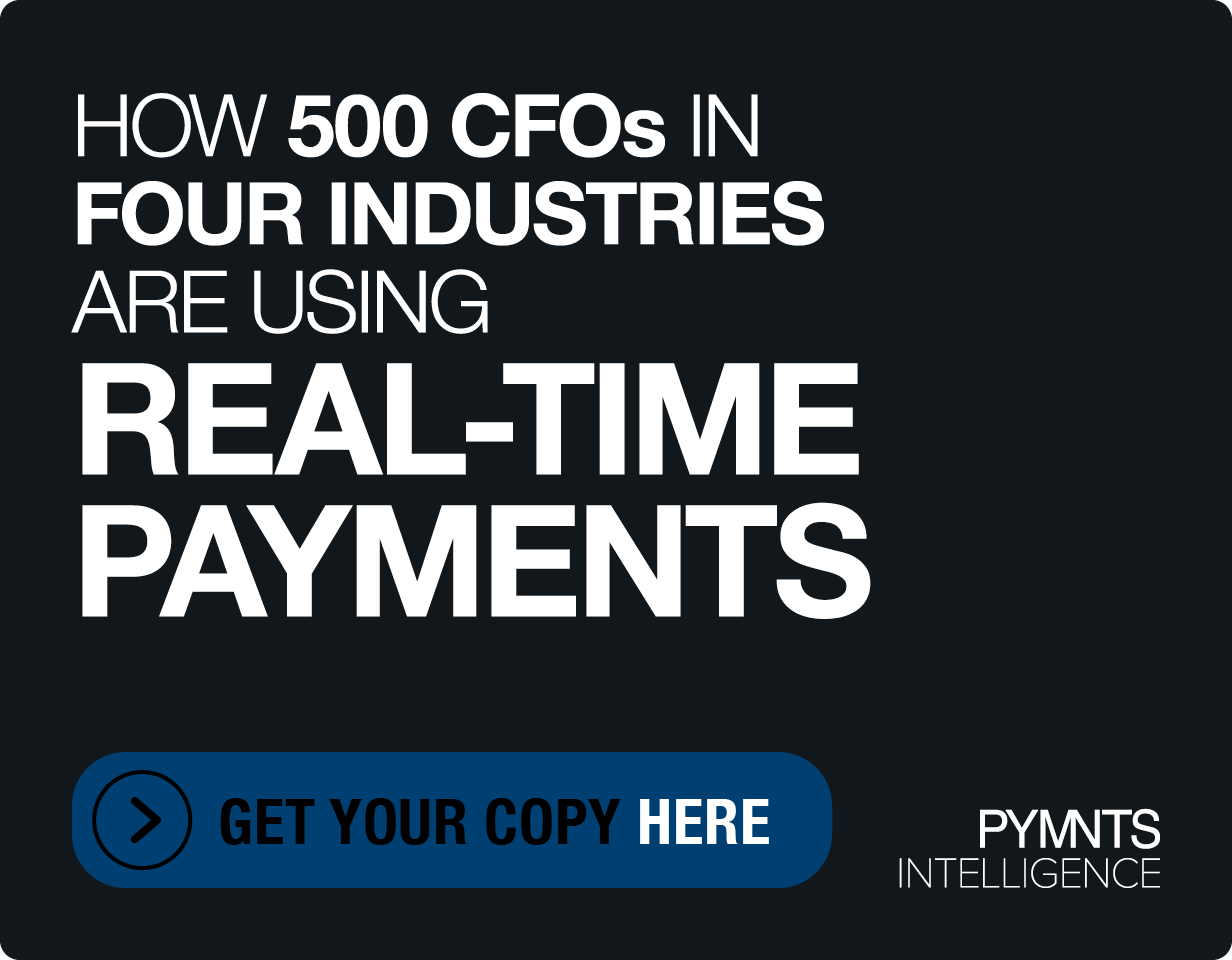Seven Disruptors Forcing Change In Small Business Banking

In 1960, Yul Brynner, Steve McQueen and Charles Bronson introduced America to “The Magnificent Seven,” a John Sturges film in which seven men are hired to defend a small village in Mexico from bandits.
What does this have to do with small business banking? Simon Lyons, chief commercial officer at The Slide App, says there is also a Magnificent Seven that banks should call upon in 2019 to protect their customer base.
Those seven trends in small business banking are also seven disruptors. But if traditional financial institutions are able to embrace the change, their customers will be better off for it, Lyons said.
Last year, Lyons spoke with PYMNTS about the launch of the Slide App, a mobile solution rolled out by Cashfac to provide virtual account management functionality for small to medium-size businesses (SMBs) and deliver more than the legacy capabilities of traditional bank technology.
Below, Lyons outlines his seven predictors for small business in the New Year as banks begin to shift away from that traditional technology as external forces like open banking and virtual cards force them to enhance their services and protect customer data.
1. API Ecosystems
“The SMB has always been spoiled in the aggregation of data that is available, from travel purchases to buying a desk many comparison sites aggregate data from multiple sources and present it to the SMB to help them make the right choice. In 2019 the ecosystem that has been prevalent in other industries will become available to the mainstream banking audience. Your balances and financial information aggregated from multiple sources will be in one place. It has been available but this time its easy. Banking has finally got an ecosystem.”
2. Banking-as-a-Menu
“Business owners have traditionally had two main banking providers, a card provider and then a banking partner. Your payments went through one and the card purchases on the another. With the advent of the API ecosystem businesses can use banking with multiple organisations as they see fit. They can choose services from different providers with the choice being made on service (data) and price. It will make the providers sharpen their pencil in many cases on the services they provide. The business can keep the prices effective by changing providers at will.”
3. One-Time-Use Card Funding
“Virtual cards have been around for some time. They have evolved and the technology is mature. Many big and small players exist in the marketplace. They all offer the same service pretty much. The change will be the ability for the SMB to use their credit line for funding. This will have a lower interchange fee if at all and will be funded by a monthly interest payment. This is happening at the present as the card issuers become more aware of the need for businesses to get hard cash. This does dis-intermediate some of the banks and gives them a compelling proposition, however it’s a space that some banks don’t want so it is filling a gap currently serviced by adverse lenders. Tax return late? Need cash? Try your card. Card issuers have enormous un-utilized credit, [and] this is a way of making it work for them.”
4. Banking-as-a-Service
“As an SMB you probably have Xero or QuickBooks or a specialized accountancy package like Yardi for your industry. There has always been a disconnect between the software and the bank. No more: the advent of API available banking means that these packages can plug straight into the bank. Posted payments and debits can be drawn automatically into the infrastructure. It means that you can service your bank in the way you want to, not the way your bank tells you.”
5. The IRS and HMRC Are Coming
“Here in the U.K., Making Tax Digital is making big waves. The taxman (in whatever country you are domiciled) would very much like to gain access to your bank account. Its happening now and launches in April 2019. This means that lifestyle businesses will be very open to some probing questions about spend and where it is going. The effect of this will, in my opinion, be an increase in checks and also cash at the lifestyle end. For the gig economy and the businesses that work with low volumes of suppliers it will be a benefit. Your 1040 and Self Assessment return will be next. The taxman is coming, and they have a big stick!”
6. Business Apps
“Open banking is here in the U.K., it allows you to service your bank account using a third-party service, now that also means that tools should be developed that actually help businesses. Alerting business owners to low cash, showing them comparable insurance products, bank charge comparison are all on the table. The traditional service of what you have spent will be replaced. Businesses have little issues with what has happened, but what will happen is quite crucial. Watch the transfer of the European services to the U.S. also. The market is enormous.”
7. POS With No Cards
“I predict that in 2019 we will see the re-emergence of a point of sale solution that takes the money straight from your bank account without using a card. This has been done in Australia — it’s possible. It will be the most seismic shift in consumer behaviors for a long time (if it works). It would also threaten one of the biggest businesses in the world the card processors and issuers. It will take time, but its going to happen. Maybe with QR codes (just take a look at what Alipay [is] doing).”
